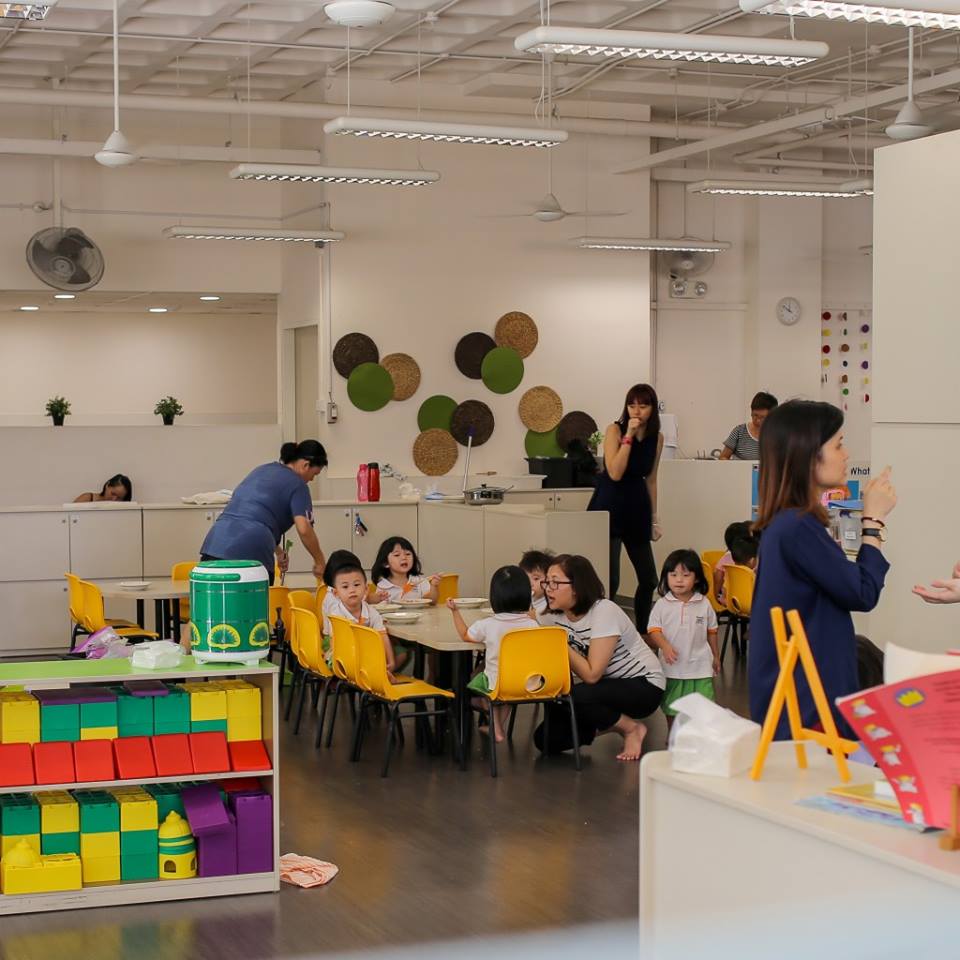Can Bilingual Children Turn One Language Off? Evidence from Perceptual Switching
April 9, 2018

Don’t be fooled by a preschooler’s rudimentary education, especially their bilingual capacity!
On 1 April 2013, the Early Childhood Development Agency (ECDA) was officially launched in Singapore to promote the accessibility of the early childhood sector and enhance the affordability of pre-school programmes. ECDA raises public awareness and support for children’s development.
Aligned with this goal is A/P Leher Singh’s (Dept. of Psychology) et. al. study on bilingual children, which investigates how bilinguals alternate between two languages by activating and deactivating one language. Their study noted the challenges bilingual learners face in the mastery of two linguistically distinct systems with potentially complicated and conflicting rules. Additionally, it aimed to address a gap in research, where little attention has been paid thus far to how bilingual children practise this process of activation and deactivation between a tonal and non-tonal language. They found that bilingual children, especially those above four years old, demonstrate an impressive facility for alternating between languages even when the task is complicated by conflicting speech tones across languages. Furthermore, how bilingual children engaged in alternating between languages differed compared to adults, hence highlighting the need for greater research regarding bilingual processing amongst children.
The article, “Can Bilingual Children Turn One Language Off? Evidence from Perceptual Switching” (2016), was published in the Journal of Experimental Child Psychology.
To read the full article, click here.
